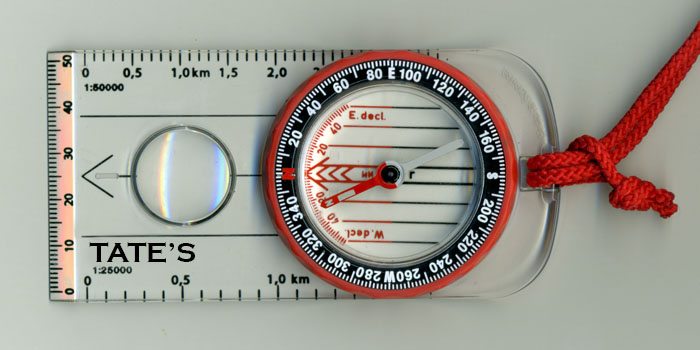After teaching my kids some fundamentals about computer architecture and the file system, I was able to introduce them to my favorite applications. I’ll describe them briefly here and write some other posts about how my kids have used them.
All of these applications are free to download, good for cheapo, ahem, cost-conscious geek dads like me. Furthermore, all of these applications run on Windows and OS X.
iTunes was one of the first applications we explored, mostly because my daughter wanted to move some music from CDs to her mobile phone. It’s very useful for ripping CDs and managing music, but we had to learn two non-obvious pieces of information.
- First, we changed a setting so that CDs are ripped into MP3 files instead of AAC. On the Windows version of iTunes, choose Edit > Preferences… from the menu. On the General tab, click Import Settings…, then select MP3 Encoder from the list. This means that whenever you rip a CD, the songs are stored as MP3 files. It’s possible to generate MP3 files from AAC using iTunes, and it isn’t that hard, but I find it’s easier to just import to MP3 in the first place.
- The second crucial piece of information is where iTunes actually places its files. We needed to find this so that we could copy files to my daughter’s cell phone. To find out where the files are, choose Edit > Preferences… from the menu. Click on the Advanced tab and you’ll see the location that iTunes is using for its files.
This is a no-brainer. OpenOffice is a freely available office suite, which includes a word processor, a spreadsheet, a drawing program, and a presentation program. With my kids, I concentrated on the draw program and the word processor.
One of the important lessons was the difference between a drawing program, like the one in OpenOffice, and a paint program or image editor. I was able to illustrate this with a few simple examples. For example, for cartoon-style pictures, it’s much easier to change the speech balloon and the text in a drawing program, rather than in a paint program.
My kids had been using the Windows XP accessory Paint pretty extensively. I showed them GIMP as a more capable alternative. Honestly, I don’t know too many details of GIMP myself, but we spent one lesson cutting and pasting photos of my kids, supermarket tabloid style. I pasted my son into a Dancing with the Stars photograph, my daughter next to the Eiffel tower, and so forth. We talked about using “Photoshop” as a verb. They really liked this lesson. My daughter created the hippocampus that accompanies this article.
One important concept is layers. We spent some time exploring this, and I showed the kids as much as I knew about working with different layers in an image.
I wanted my kids to be able to manipulate audio in the same way they could manipulate images using GIMP. Audacity is an excellent solution. I showed them basic cutting, pasting, and transformations such as reversing, reverberation, amplifying, and pitch-shifting.
Summary
All told, teaching the fundamentals of these four applications took up approximately four lessons, each 45-60 minutes. Now my kids have varying levels of proficiency, some of which surpass my expertise, and have created some very interesting results. In coming posts, I’ll describe some of their projects.
The only thing missing from this mix is video editing software. If my kids had a Mac, we’d be all over iMovie, but they have a Windows 7 machine. I’ve got no good way to move our Flip videos into Windows Movie Maker. If any geekdads out there can recommend freely available video editing software with quality similar to GIMP or Audacity (my searches have come up empty), I’d love to hear about it.


